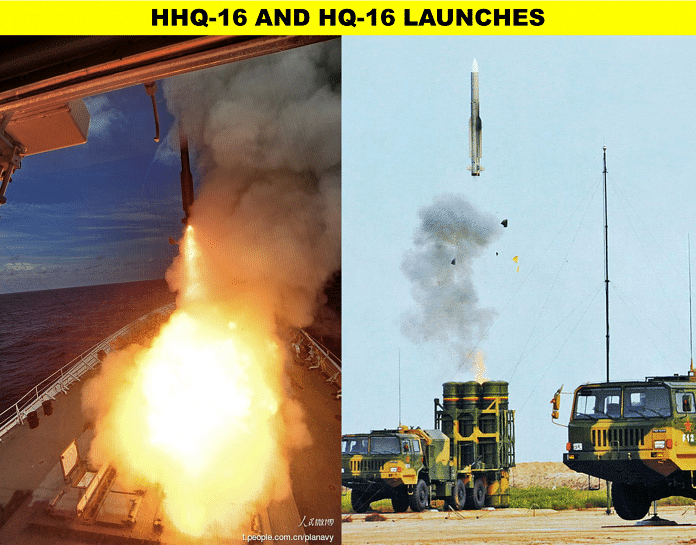Most of these reports are repetitive in nature or have images picked up from old exercises in areas looking similar to Tibet claiming authenticity.
There are various reports rife on Chinese internet regarding beefing up of forces by China especially in occupied Tibet called Tibet Autonomous Region. Many such reports are picked up unwittingly by Indian social media and then by some media houses to sensationalise the news. Most of these reports are repetitive in nature or have images picked up from old exercises in areas looking similar to Tibet claiming authenticity.
The recent report about beefing up surface-to-air missiles (SAMs) in Tibet by the Asia Times was one such apparently innocuous looking report. But looked at critically, it revealed many a chinks.
Understanding these chinks is particularly important as fragile steps are being taken to calm tensions between India and China, and these images should not used to fuel fresh fire.
Firstly, the representational picture shows the vertical launch system of a Chinese People’s Liberation Army Navy Type 54A ship, which has the new generation, naval missile HHQ-16. It has nothing to do with surface-to-air missiles deployed in Tibet except that the HHQ-16 canisters may contain similar missile as that inside a Red Flag missile HQ-16 canister. Both missiles have many different launch and trajectory parameters. The HQ-16 tractor erector launcher (TEL) version, which is the ground version has cold launch from the canister.
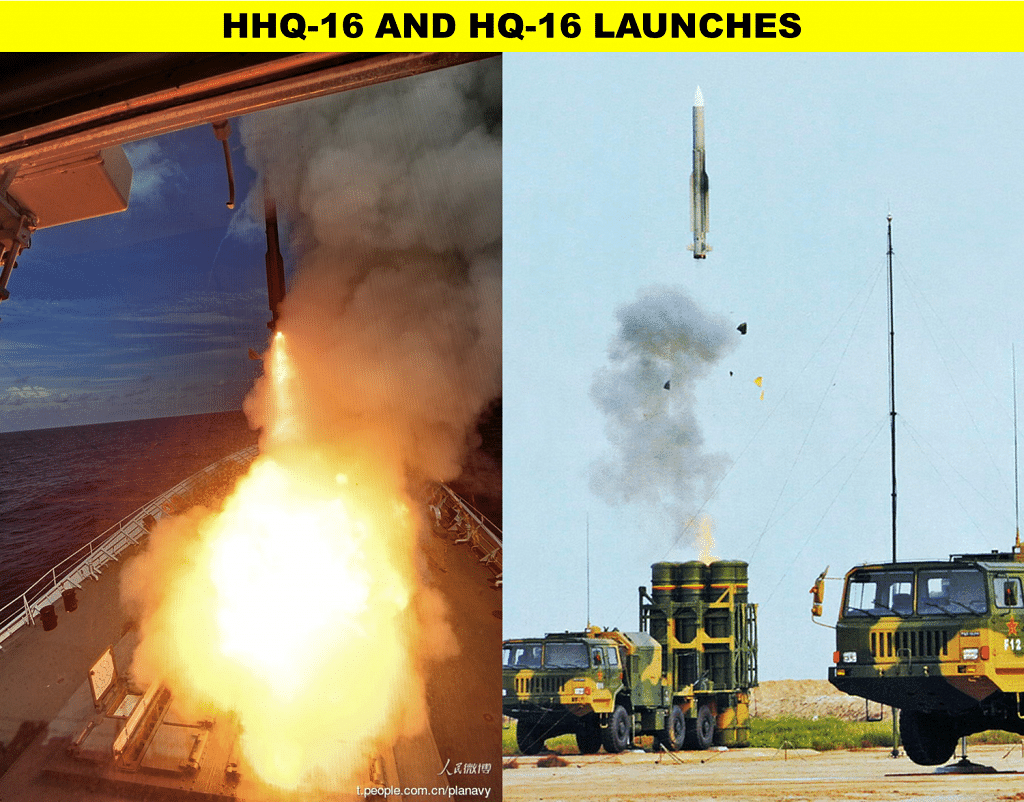
Secondly, the video and photographic evidence claimed about HQ-16 and HQ-17 is absolutely incorrect. The HQ-16s seen in the video are only the reloads. It has no use if the main tractor erector launchers and radars are not available. The reloads would also require large workshop with huge cranes to reload the block missiles.
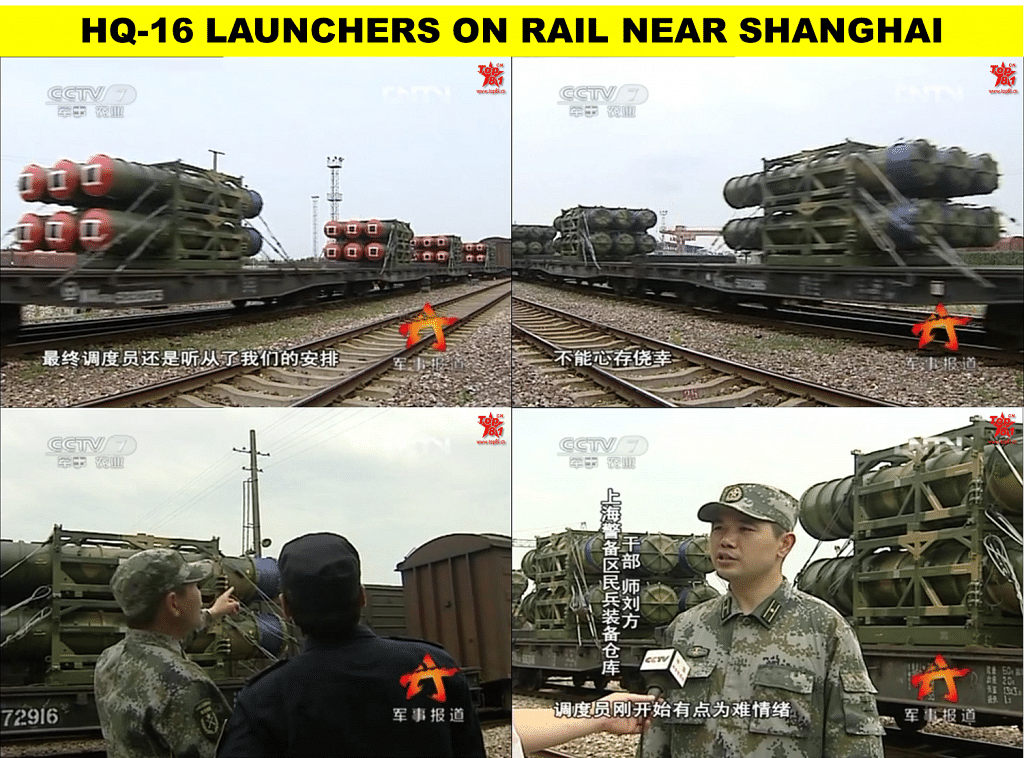
This video in Asia Times probably is part of the same video seen in Shanghai in Jun 2012 on CCTV. The other pictures are probably of Xinjiang exercise held in the second half of August 2017.
The HQ-17 picture is not of August 15, 2017 asquoted but is much older and probably in circulation since Mar 2017. A simple Google image search proves it. However, there is more to this picture than meets the eye. It shows a railway station with electrified double line. It shows a sign board of platform No 3 suggesting there are at least four more electrified lines.
The truth is, there are no electrified stations or lines in Tibet Autonomous Region. Most of the locations South of Nagchu have single line rail.
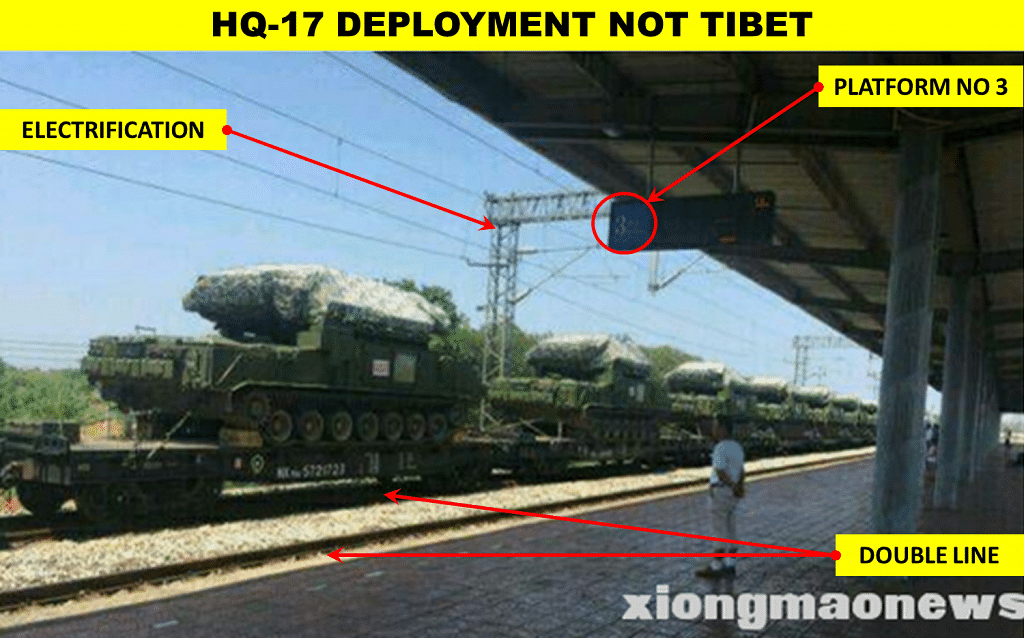
Till now, only two surface-to-air missile locations have been identified in Tibet Autonomous Region. The first is located east of Gonggar airfield , and the second one is located north West corner of Shigatse airfield. The Gonggar location had HQ-2 battery deployed earlier, which was upgraded to HQ-12 recently. The Shigatse location is hybrid site prepared for S-300P but had HQ-2 deployed in between August 2010 and March 2011. It has remained empty since then.
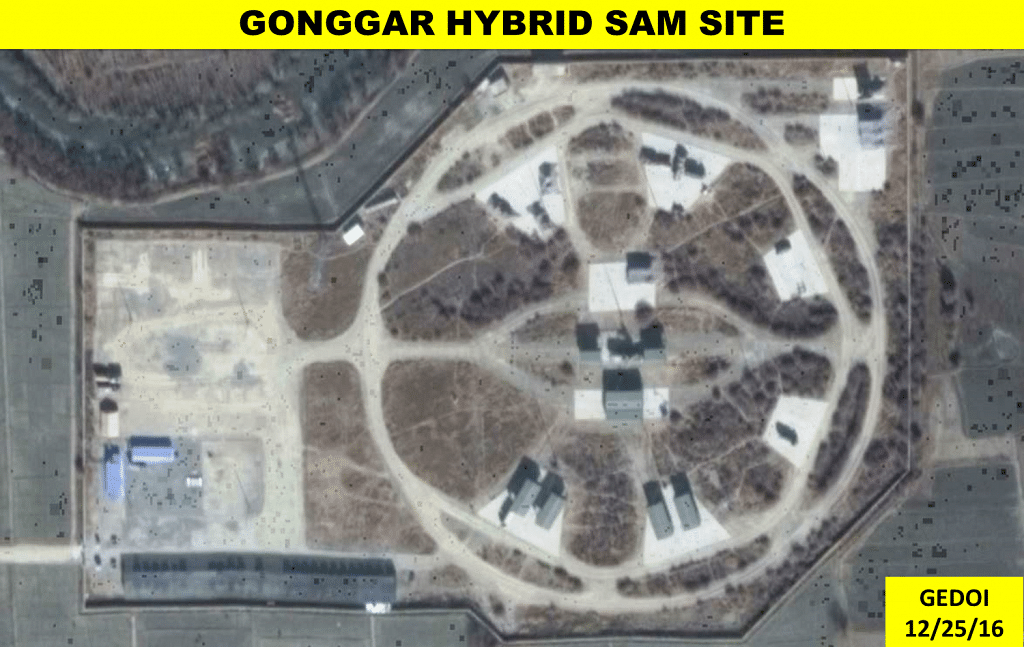
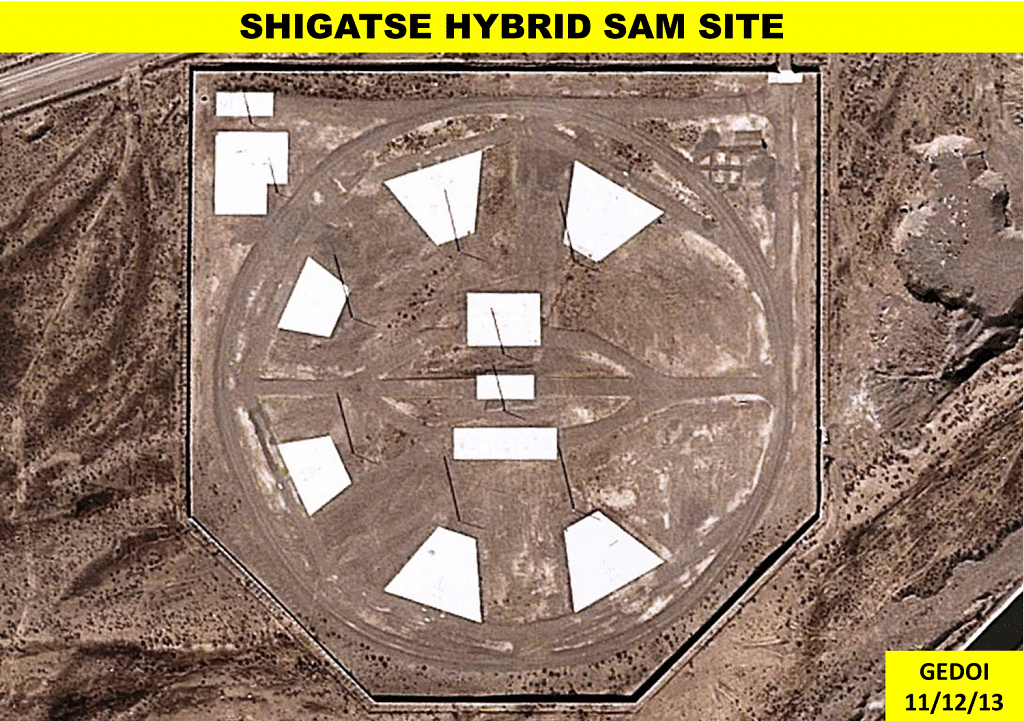
The Asia Times Holdings is a media conglomerate established after the closure of its print publication in 1995.
India must understand this game of information warfare and psychological warfare that China is very good at playing. The information and patterns need to be woven together to form a complete picture, which can be read easily. The Indian social media has to be very careful with what is being broadcast from the Chinese internet and sift good information from the bad before publishing it.
Col Vinayak Bhat (retd) is a Military Intelligence veteran of the Indian Army with vast experience of satellite imagery analysis. He has worked as Chinese interpreter and is a specialist on PLA and Pakistan’s Armed Forces. He tweets @rajfortyseven


